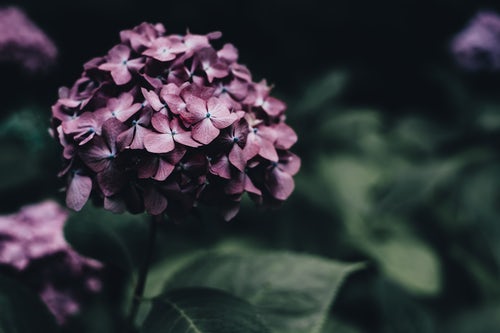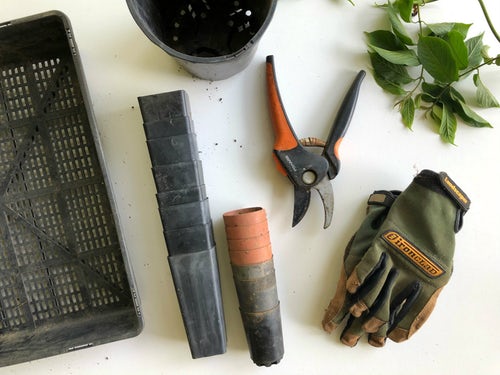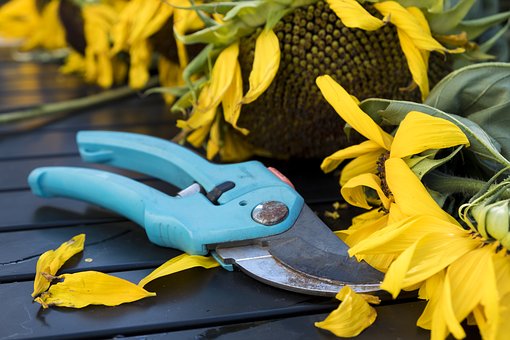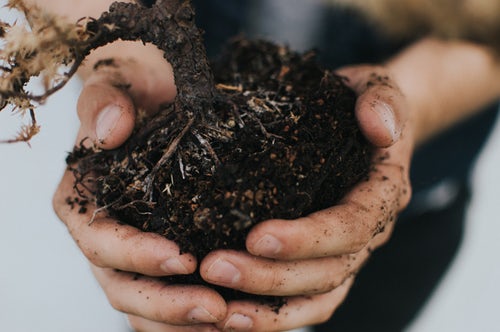Shrubs are small- to medium-sized woody plants. Unlike trees with one main trunk, they have multiple short stems. A shrub can be less than a foot tall or grow up to 15 feet.

Hydrangea is a favorite because of its long-lasting blooms. Lilacs, azaleas, roses, and butterfly bushes are other popular flowering shrubs. Yews, boxwood, and arborvitae are grown for their lush greenery.
Your lawn or garden takes a heavy beating in winter. Branches wither, dead leaves scatter, and some plants do not survive the subzero temperatures. Spring is the perfect time to replenish your shrubs.
Here are some useful “shrub tips:”

- Clean the Garden
Remove debris, including leaves, broken limbs from areas surrounding shrubs and trees. Dead leaves make good composting and mulching materials.
- Planting
Shrubs often do well if planted in spring, when there is plenty of sunshine moderate moisture. Choose a shrub that will thrive in your local climate and conditions. Before buying, ask whether a shrub needs sun or shade and how tall it should be when fully grown.

- Watering
Newly planted shrubs need ample water supply. During their first season in the garden, water thoroughly once a week if it doesn’t rain. Watering encourages the shrub’s roots to grow deep into the soil. Once established, the shrub’s root systems are good at finding moisture.
- Weeding
Remove persistent weeds and vines. They compete with shrubs for nutrients. Most vines are can strangle a shrub or trees and eventually kill their host. Mild herbicides can remove common weeds. If in doubt, contact an arborist or shrub specialist to safely handle pesticides and maintain your shrubs.

- Pruning
Cut dead stems to a reveal fresh growth. Pruning regularly will help maintain a shrub’s size and shape. Cut away branches that block pathways, driveways, or grow too close to the house. You can use hand shears, loppers or hedge shears — the tool choice depends on the size of the shrub and the area you are pruning. Pruning after a shrub flowers encourages re-blooming. Pruning also helps the plant look better and prevents diseases from spreading.
- Feeding
Most shrubs don’t need supplemental nutrients from fertilizer to stay healthy. In residential areas where nutrient-rich topsoil has been removed, fertilizing can be helpful to plants. Be careful not to over-fertilize, which can shorten plant life.

- Aeration
Loosen compacted soil for vital nutrients like oxygen, water, and organic materials be more accessible to plants, allowing air, nutrients, and water to filter to the roots below.
Shrubs can endure the different seasons; watching them blossom can be a joy. A good growth rate and vibrant, green color is a sign of health.
For shrub care in the Toronto area (e.g. pruning, disease prevention, and other maintenance), call Great Northern Regreenery. We take pride in our licensed, expert crew. Our family owned and operated company has a solid reputation and client base built on quality work and excellent service. Call today: (905) 775-7444.





